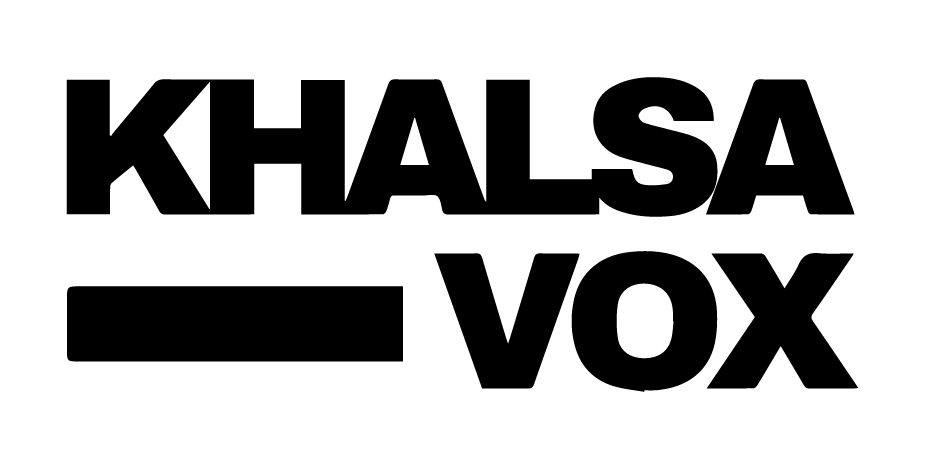AI Generated Summary
- As both nations seek to diversify global partnerships in an era of shifting geopolitics, Anand’s trip could mark the beginning of a more pragmatic and cooperative phase in Indo-Canadian relations—one built on dialogue, respect, and a recognition of shared opportunities.
- A meeting between Prime Minister Mark Carney and Prime Minister Narendra Modi at the G7 Summit in Kananaskis in June helped set the tone for a diplomatic reset, followed by the revival of high-level consultations in September.
- Canadian Foreign Minister Anita Anand arrived in New Delhi on Sunday for her first official visit since taking office, signaling a renewed effort by Ottawa and New Delhi to repair strained diplomatic ties and forge a stronger framework for economic and strategic cooperation.
Canadian Foreign Minister Anita Anand arrived in New Delhi on Sunday for her first official visit since taking office, signaling a renewed effort by Ottawa and New Delhi to repair strained diplomatic ties and forge a stronger framework for economic and strategic cooperation.
During her visit, Anand is expected to meet External Affairs Minister S. Jaishankar and Commerce and Industry Minister Piyush Goyal to discuss a broad agenda encompassing trade diversification, clean energy transition, investment, and security collaboration. She will also travel to Mumbai to engage with Canadian and Indian business leaders, aiming to strengthen commercial partnerships that support job creation and economic growth in both nations.
A Step Toward Diplomatic Reconciliation
Anand’s visit follows months of cautious rapprochement after relations between the two countries reached their lowest point in decades. The 2023 diplomatic crisis—sparked by Canadian allegations implicating India in the killing of Khalistani separatist Hardeep Singh Nijjar—led to reciprocal expulsions of diplomats, suspension of visa services, and the freezing of trade negotiations. India firmly rejected the accusations as “absurd and motivated.”
However, a change in political leadership in Ottawa earlier this year appears to have paved the way for renewed dialogue. A meeting between Prime Minister Mark Carney and Prime Minister Narendra Modi at the G7 Summit in Kananaskis in June helped set the tone for a diplomatic reset, followed by the revival of high-level consultations in September.
Strengthening Security and Economic Links
Just weeks before Anand’s arrival, National Security Advisers from both countries convened in New Delhi, where discussions focused on counter-terrorism and transnational organized crime. The talks reflected India’s long-standing concerns about extremist groups operating from Canadian territory—a sensitive issue in bilateral relations.
In what was seen as a goodwill gesture, Canada subsequently designated the Lawrence Bishnoi gang as a terrorist entity, an action welcomed in New Delhi as recognition of shared security priorities.
Officials say Anand’s mission is to consolidate the progress achieved in recent months and chart a practical course for cooperation in areas like trade, innovation, and people-to-people ties.
A Chance to Turn the Page
Diplomatic observers view the visit as a crucial test of whether India and Canada can move beyond political turbulence and diaspora-linked tensions to re-anchor their relationship on shared democratic values and mutual economic interests.
“The visit symbolizes a willingness to rebuild trust on both sides,” one senior diplomat noted. “There’s a clear understanding now that India and Canada have more to gain from engagement than estrangement.”
As both nations seek to diversify global partnerships in an era of shifting geopolitics, Anand’s trip could mark the beginning of a more pragmatic and cooperative phase in Indo-Canadian relations—one built on dialogue, respect, and a recognition of shared opportunities.




